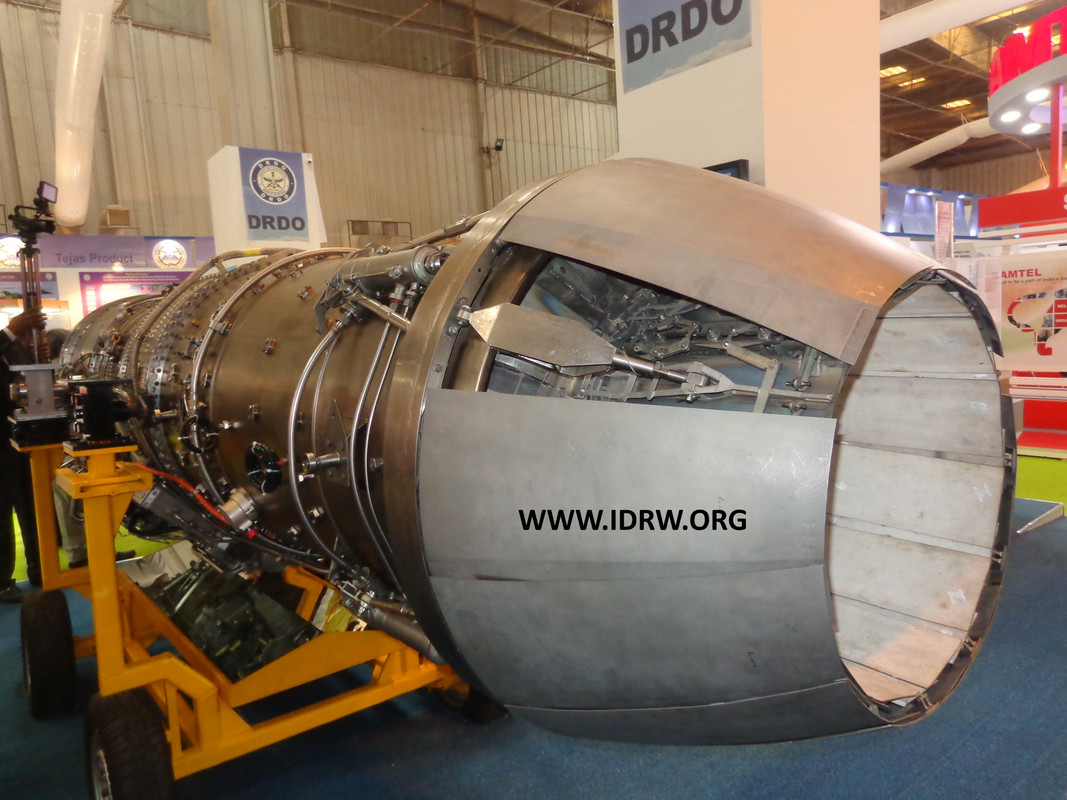SOURCE: RAUNAK KUNDE / NEWS BEAT / IDRW.ORG

The Gas Turbine Research Establishment (GTRE) has taken a significant step towards powering the Light Combat Aircraft (LCA) Tejas with its indigenous Kaveri engine. An Expression of Interest (EoI) has been issued for procuring 450 Low-Pressure Turbine (LPT) rotor blades and 150 vanes LPT sub-assemblies, marking a crucial stage in the engine’s development.
These components are specifically designed for the 80kN variant of the Kaveri engine, featuring an Afterburner module for enhanced thrust. This afterburner will undergo technology demonstration tests onboard an LCA-Tejas LSP aircraft, paving the way for future integration into the Tejas fleet.
Once operational, the Kaveri engine is expected to generate an impressive 52kN of dry thrust, which can further be boosted to 81kN with the afterburner’s assistance. This thrust output rivals the American F404 engines currently powering the LCA-Tejas Mk1A aircraft, making the Kaveri a viable alternative for future Tejas variants.
The success of the Kaveri engine hinges on its upcoming tests onboard the Tejas LSP aircraft. Demonstrating the anticipated 81kN thrust under Indian weather conditions will be a critical milestone, showcasing the engine’s capability and paving the way for its potential use in the Tejas Mk1A fleet in future engine swaps if planned or other advanced fighter aircraft.
Successfully replacing the F404 engines with the indigenous Kaveri would hold immense strategic significance for India. It would reduce dependence on foreign suppliers, provide greater control over aircraft maintenance and upgrades, and boost India’s self-reliance in critical aerospace technologies.
The EoI for LPT components represents just one piece of the Kaveri engine’s intricate puzzle. GTRE has initiated procurement processes for several other subsystems, including High-Pressure Turbine Discs, indicating a multifaceted approach to assembling the engine.
The coming months will be crucial for the Kaveri engine program. Successful testing on the Dry Kaveri engine in Russia and testing on the Tejas LSP will determine the engine’s future and potentially redefine India’s fighter aircraft propulsion landscape. As GTRE meticulously procures components and gears up for testing, the Kaveri engine inches closer to powering Tejas, marking a significant leap in India’s quest for indigenous aerospace prowess.
NOTE : Article cannot be reproduced without written permission of idrw.org in any form even for YouTube Videos to avoid Copy right strikes. Websites doing illegal reproductions will get DMCA and Legal Notices.